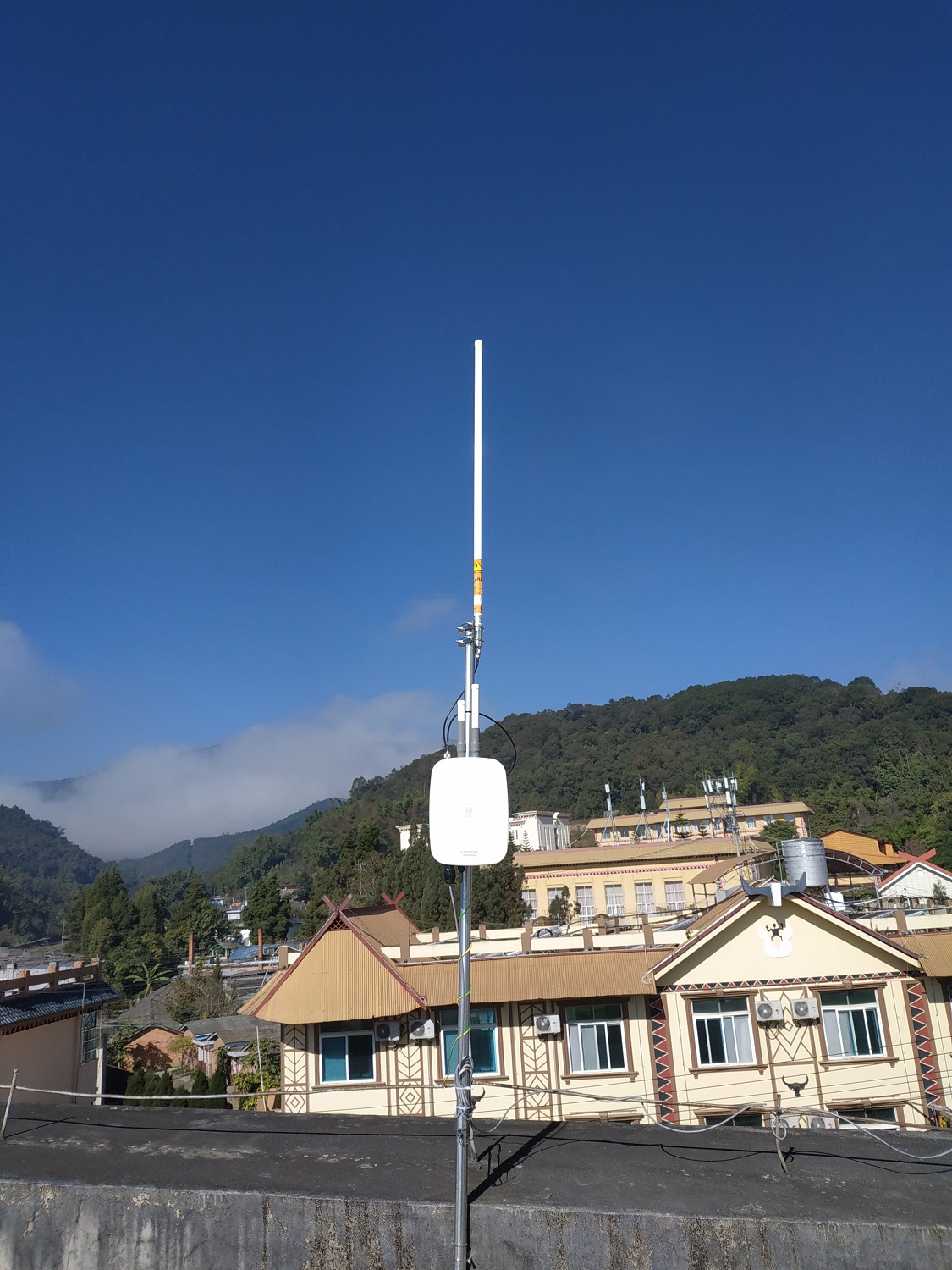

— Blogs —
—Products—
 Consumer hotline +8618073152920
Consumer hotline +8618073152920 WhatsApp:+8615367865107
Address:Room 102, District D, Houhu Industrial Park, Yuelu District, Changsha City, Hunan Province, China
Product knowledge
Time:2025-10-22 16:18:30 Popularity:10
With the continuous growth of the global population, frequent climate anomalies, and tightening arable land resources, agricultural research institutions are adopting Internet of Things (IoT) sensors at an unprecedented speed to achieve data-driven precision planting and sustainable agriculture.
Many top universities worldwide have integrated smart sensor technology into experimental fields and research greenhouses to monitor soil health, crop growth, irrigation efficiency, and microclimate changes.
These sensors are not only research equipment but also bridges connecting experimental data with intelligent agricultural applications. As a professional supplier of agricultural sensors and environmental monitoring solutions, NiuBoL is committed to providing high-precision, low-power, and remotely manageable sensor systems for universities and research institutions.

Measures changes in the soil's dielectric constant to calculate volumetric water content (VWC), with common technologies including capacitive and time-domain reflectometry (TDR).
Used to analyze the impact of irrigation regimes on crop root distribution and water use efficiency. For example, precise control of water and fertilizer supply to reduce resource waste.
Utilizes thermistors or thermocouples to detect temperature gradients at different depths.
Helps study the effects of climate change on rhizosphere environments and soil respiration.
Measures ion concentration in soil solution through electrodes, reflecting fertility and salinity levels.
Used to investigate the impact of different fertilization schemes on salinization and soil nutrient dynamics.
Integrates sensors for wind speed, wind direction, air temperature and humidity, light intensity, rainfall, etc., and uploads data in real-time via LoRa or 4G communication.
Provides data support for crop physiology, pest and disease models, and screening of climate-adaptive varieties.
Employs non-dispersive infrared (NDIR) technology to detect carbon dioxide concentration in the air.
Used in greenhouse CO₂ regulation experiments to study carbon fertilization effects and photosynthetic rate optimization strategies.
University research requires traceable sensor accuracy. NiuBoL sensors undergo strict calibration standards, with errors as low as ±2%.
Supports multiple communication protocols such as RS485/Modbus, LoRa, and 4G, making it easy to integrate with research platforms and data analysis systems.
Designed for long-term outdoor experiments, the sensors feature waterproof, dustproof, and solar-powered options, with low maintenance costs.
Provides remote calibration and data cloud synchronization to meet the needs of long-cycle research monitoring.
IoT sensors enable real-time data collection and remote access, eliminating reliance on manual sampling and effectively improving the continuity and reliability of research data.
Yes. NiuBoL sensors are compatible with mainstream data platforms such as ThingSpeak and akenza.
Research focuses on data integrity and experimental control, while commercial agriculture emphasizes cost and automation efficiency. NiuBoL's solutions can flexibly switch between the two.

Future agricultural research will increasingly emphasize "data fusion":
Combining multi-source sensors with satellite remote sensing data to achieve integrated surface and subsurface monitoring;
Using AI algorithms to predict crop growth trends and disease outbreaks;
Low-power wide-area networks (LPWAN) will further expand the feasibility of field deployments.
As these technologies deepen, NiuBoL will continue to collaborate with universities to provide precise and reliable data support for research.
The agricultural IoT research at top universities is driving global agriculture from "experience-based planting" to the era of "data-driven planting." As a professional agricultural IoT solutions provider, NiuBoL will continue to offer high-precision, high-stability sensors and system platforms, supporting global agricultural research innovation and sustainable development.
Prev:What Is the Best Weather Station for Farmer?
Next:Top Universities Using IoT Sensors in Agricultural Research
Related recommendations
Sensors & Weather Stations Catalog
Agriculture Sensors and Weather Stations Catalog-NiuBoL.pdf
Weather Stations Catalog-NiuBoL.pdf
Related products
 Combined air temperature and relative humidity sensor
Combined air temperature and relative humidity sensor Soil Moisture Temperature sensor for irrigation
Soil Moisture Temperature sensor for irrigation Soil pH sensor RS485 soil Testing instrument soil ph meter for agriculture
Soil pH sensor RS485 soil Testing instrument soil ph meter for agriculture Wind Speed sensor Output Modbus/RS485/Analog/0-5V/4-20mA
Wind Speed sensor Output Modbus/RS485/Analog/0-5V/4-20mA Tipping bucket rain gauge for weather monitoring auto rainfall sensor RS485/Outdoor/stainless steel
Tipping bucket rain gauge for weather monitoring auto rainfall sensor RS485/Outdoor/stainless steel Pyranometer Solar Radiation Sensor 4-20mA/RS485
Pyranometer Solar Radiation Sensor 4-20mA/RS485
Screenshot, WhatsApp to identify the QR code
WhatsApp number:+8615367865107
(Click on WhatsApp to copy and add friends)